Please view our updated COVID-19 guidelines and visiting procedures →.
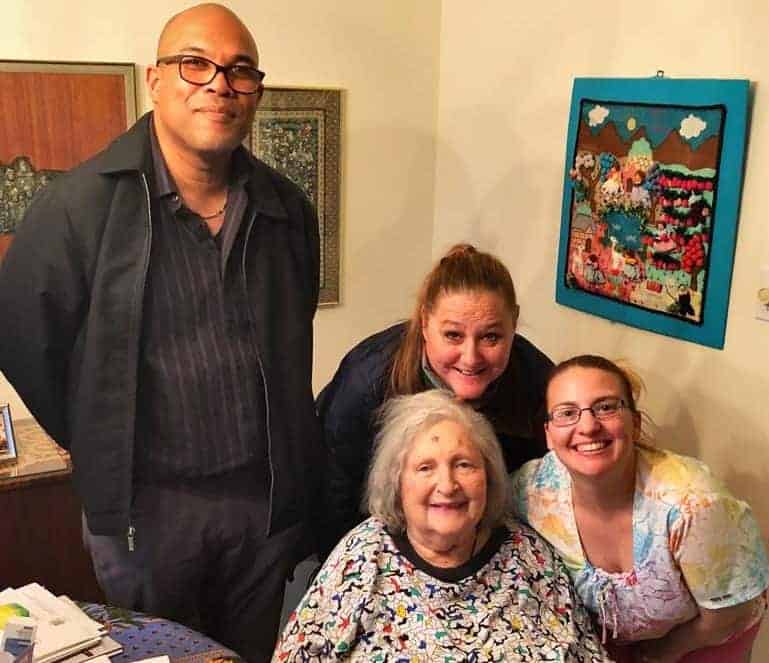
In that time, many things have changed about attitudes toward illness, treatment protocols, and discussions about the end of life, but our mission has not altered. Nor has our consistently high level of compassionate care. We have, however, learned a great deal about how to interact with families and caregivers, and certain misperceptions persist, especially as to expectations about what end of life care at home means.
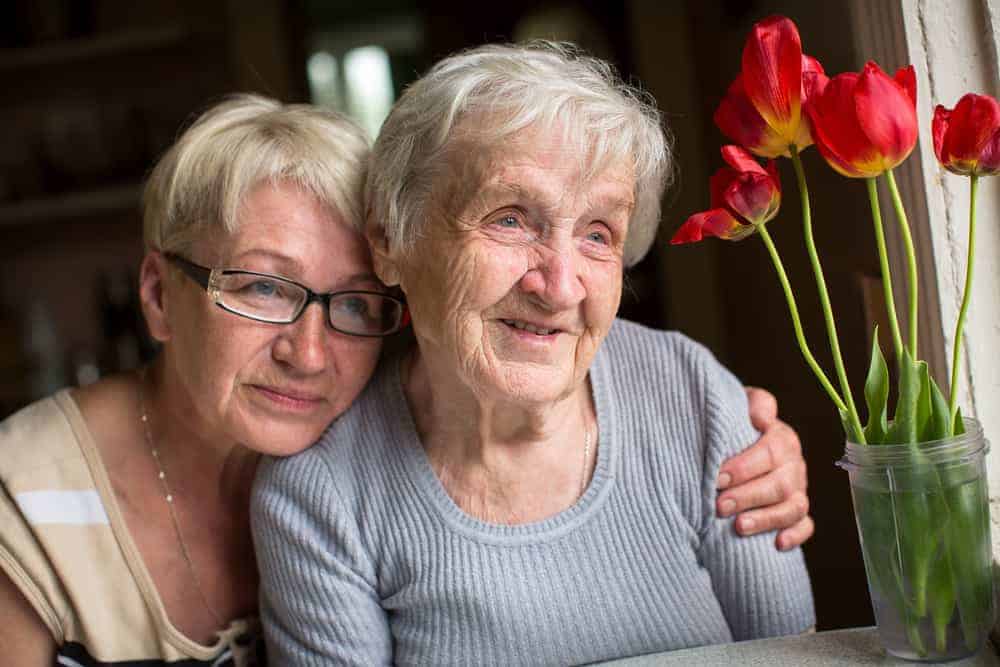
While interviewing home care nurses for this article, one point came up every time. People think that home hospice care will be 24/7, or at least will be daily help with personal care. Home care means that the family is providing the care, and the hospice team is their support system. We are there to guide, teach, comfort, and counsel, but families do more hands-on care, and administration of medications, than many believe will be true going into the experience. While we try to go above and beyond whenever possible, we cannot take the place of those at the bedside all the time. It’s very hard to see a family member at the breaking point from lack of sleep, stress, and constant vigilance. Although we discuss all this at the time of admission, it’s important to make sure that people understand the limitations of Medicare Hospice Benefits help at the outset.
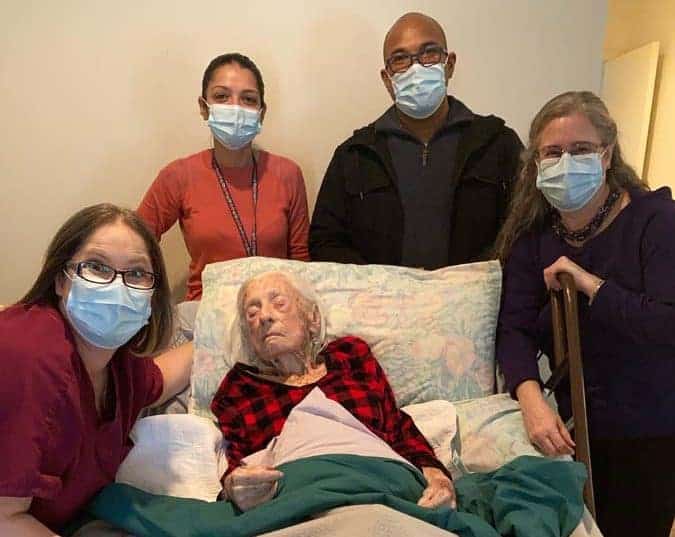
First of all, we have to certify that the patient meets the criteria for hospice care at home. They are normally bedbound, with a disease trajectory of six months or less, and they are seeking palliative care, not treatment for the disease. Family members should be discussing the prognosis and course of the illness, because the other most common feedback we receive is that they did not begin hospice care early enough. Because of advanced types of treatment, we see patients entering hospice care later and later. A third of the time, they sign up within three days of death, meaning that they cannot take advantage of all of the services we offer.
Many do not know that Medicare Hospice home care, as opposed to palliative home care, pays for equipment, transportation, and medications. On the first day of service, or shortly thereafter, your hospice nurse will order what is needed for that patient’s care. It could be a hospital bed, a walker, or an ambulance ride for certain types of appointments. Because, in this case, it is hospice care that has been chosen, there will not typically be physical or other types of therapy. Hospice care, though, provides more frequent nursing visits, especially in the last few days of life.
You will also be given a comfort pack, as it is often called, to keep in the refrigerator in case of unexpected breakthrough pain. There will be strong painkillers included, the use of which your hospice nurse will walk you through.

Social work is one of those provided services, and many families are hesitant about meeting with a social worker, perhaps thinking that such help would be for family dysfunction. Although that can be true, most social help focuses on practical questions about wishes for the end of life, funeral plans, financial issues, and bereavement offerings by Connecticut Hospice (which are covered by Medicare for 13 months after the end of the patient’s life). We are required to have a social work meeting within a few days of signing on to hospice care, so that our work can begin.
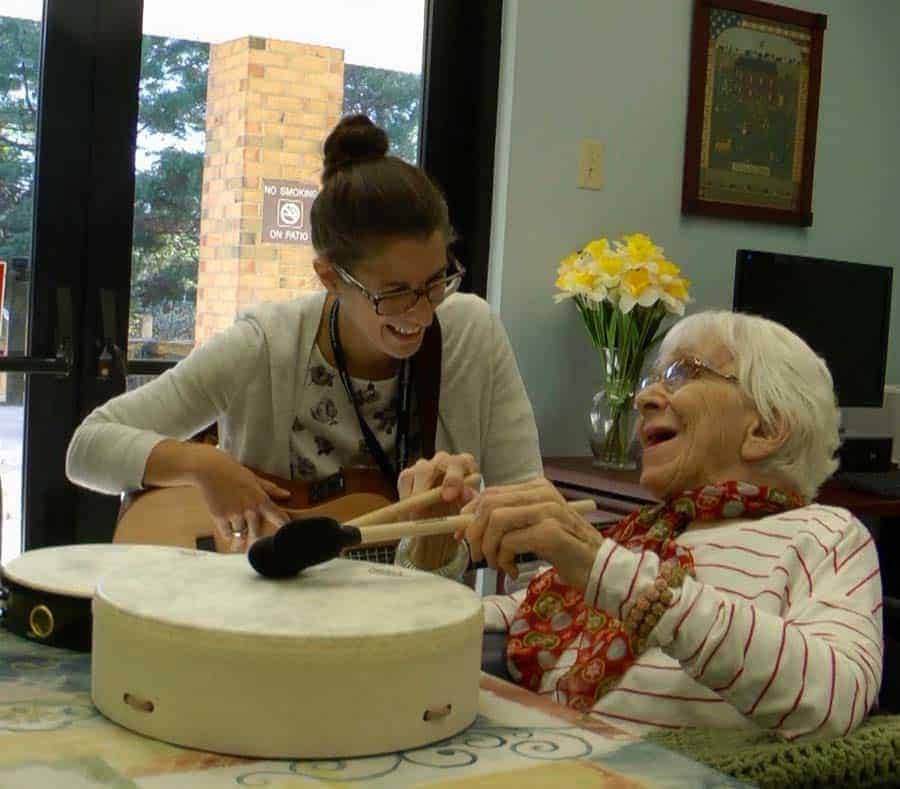
We also offer other types of ancillary services, in addition to the nursing staff. We have aides, who do help with personal care and other such chores. We offer pastoral care and art therapy, sometimes by FaceTime and sometimes in person, depending upon the wishes of the patient and family. We also have volunteers, who do errands, sit by the bedside, or help in other ways. We have a 24/7 number to call with questions, and we urge families to use that number before calling 911, as many hospital visits can be avoided with our advice and attention.

All of the above members of the patient’s care team meet weekly, in a meeting called IDT, for Interdisciplinary Team. This is the heart of our comprehensive support program, where we discuss each patient, and make appropriate adjustments to what is called the Plan of Care. Our Medical Director weighs in, as do the other caregivers. Issues of pain management or possible caregiver overload are addressed, with all members of the staff giving suggestions.
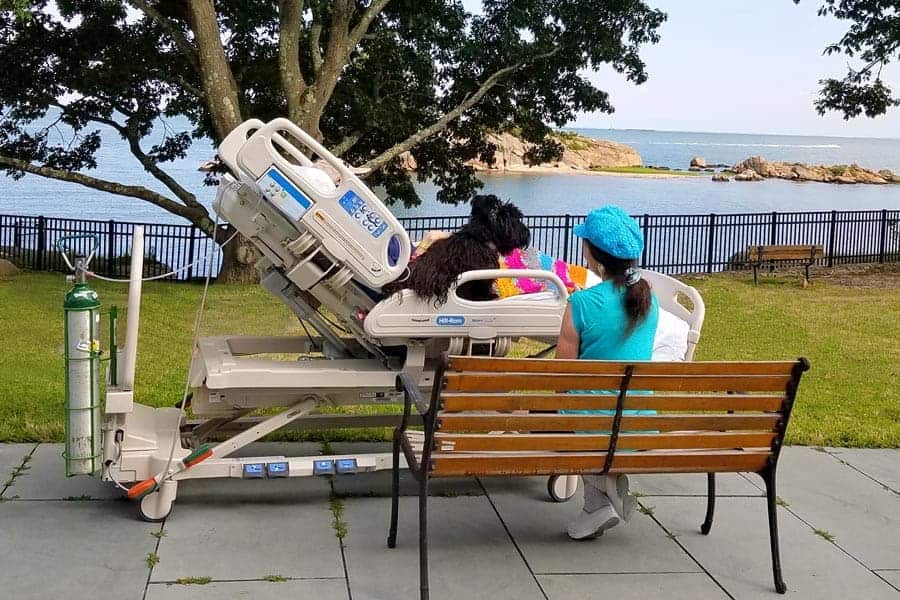
Sometimes we advise families to consider a five-day respite care stay at our Branford inpatient facility, if medications need to be adjusted, or a caregiver needs a break. Those stays are particularly common when there are power outages, which seem to be more frequent with each passing year.

Occasionally, we may advocate that the patient be admitted to our 52-bed, waterfront inpatient facility if such care as is needed is too much to be given safely at home. In many other cases, we can alter medications or change dosages, so that your loved one can comfortably remain at home.
In all cases, we seek to meet the patient’s wishes for his or her end of life, including closure, medication level, and last wishes. We love those last birthday parties, visits, and sometimes weddings! Our staff loves nothing better than to make a wish come true. If a clergyperson is requested, we can take care of that contact.
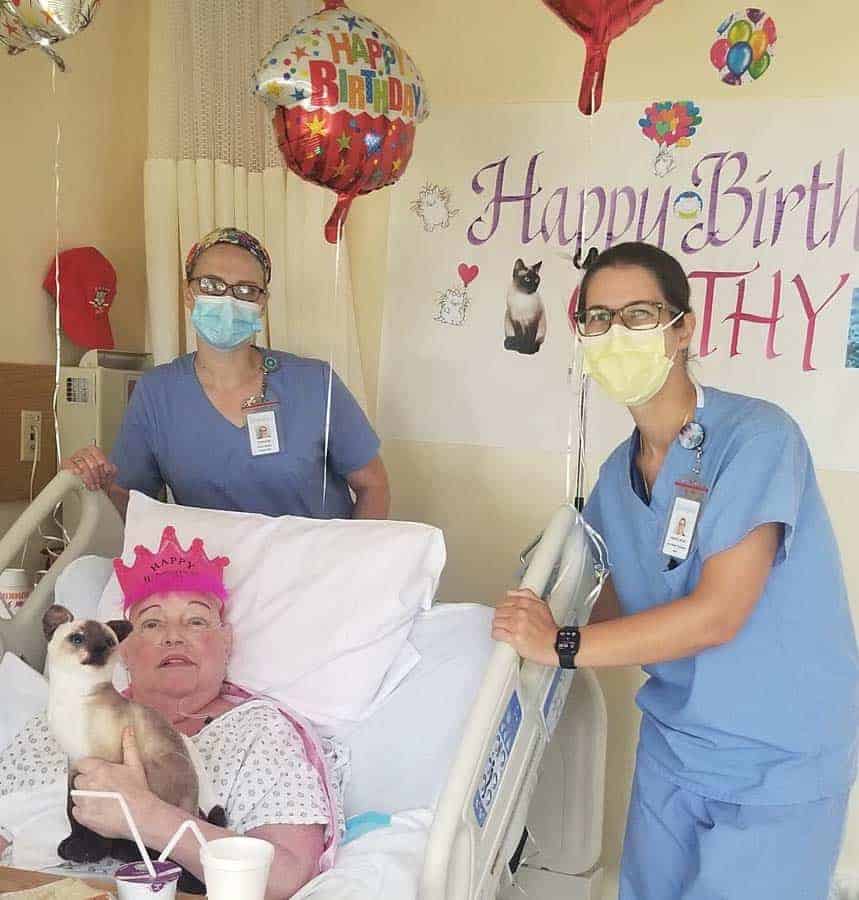
At the very end of life, your support team will answer questions, make extra visits if needed for symptom management, and provide information about what to expect in the way of behaviors. After the patient has died, a hospice nurse will come to make the pronouncement and will deal with the death certificate for the funeral home. Our social work and bereavement team swings into action as needed, or requested.
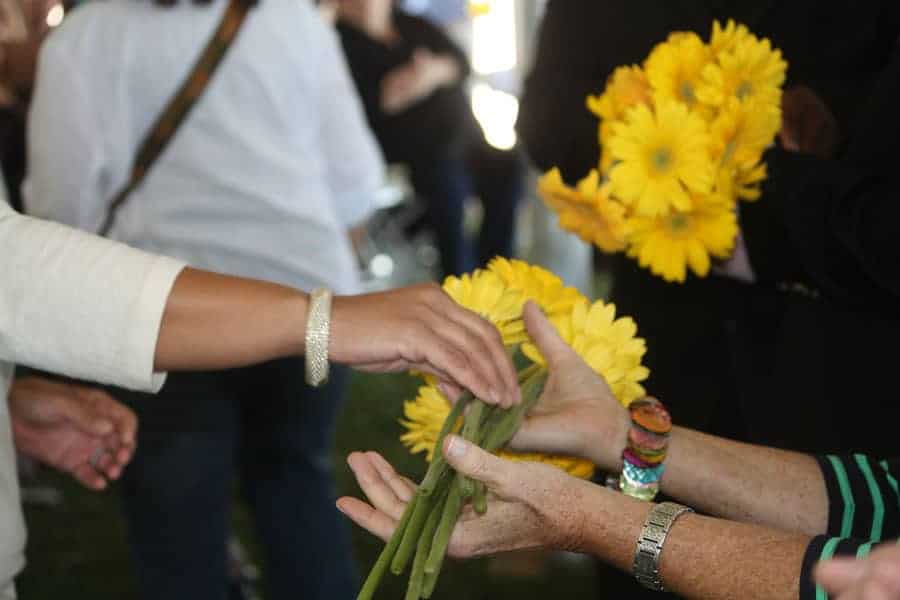
The purpose of writing this piece is to help align the expectations and desires of patients and their loved ones with the commitment and capabilities of our dedicated hospice home care staff. Our goal is to make the transition easy and meaningful for everyone involved, just as we have done for all these decades. We want to serve you in the best way possible.

As a not-for-profit, we depend on generous donors to help us provide customized services and therapies that aren’t completely covered by Medicaid, Medicare, or private insurance.
Please make a gift to help us sustain the highest standard of care.
Admissions may be scheduled seven days a week.
Call our Centralized Intake Department: (203) 315-7540.